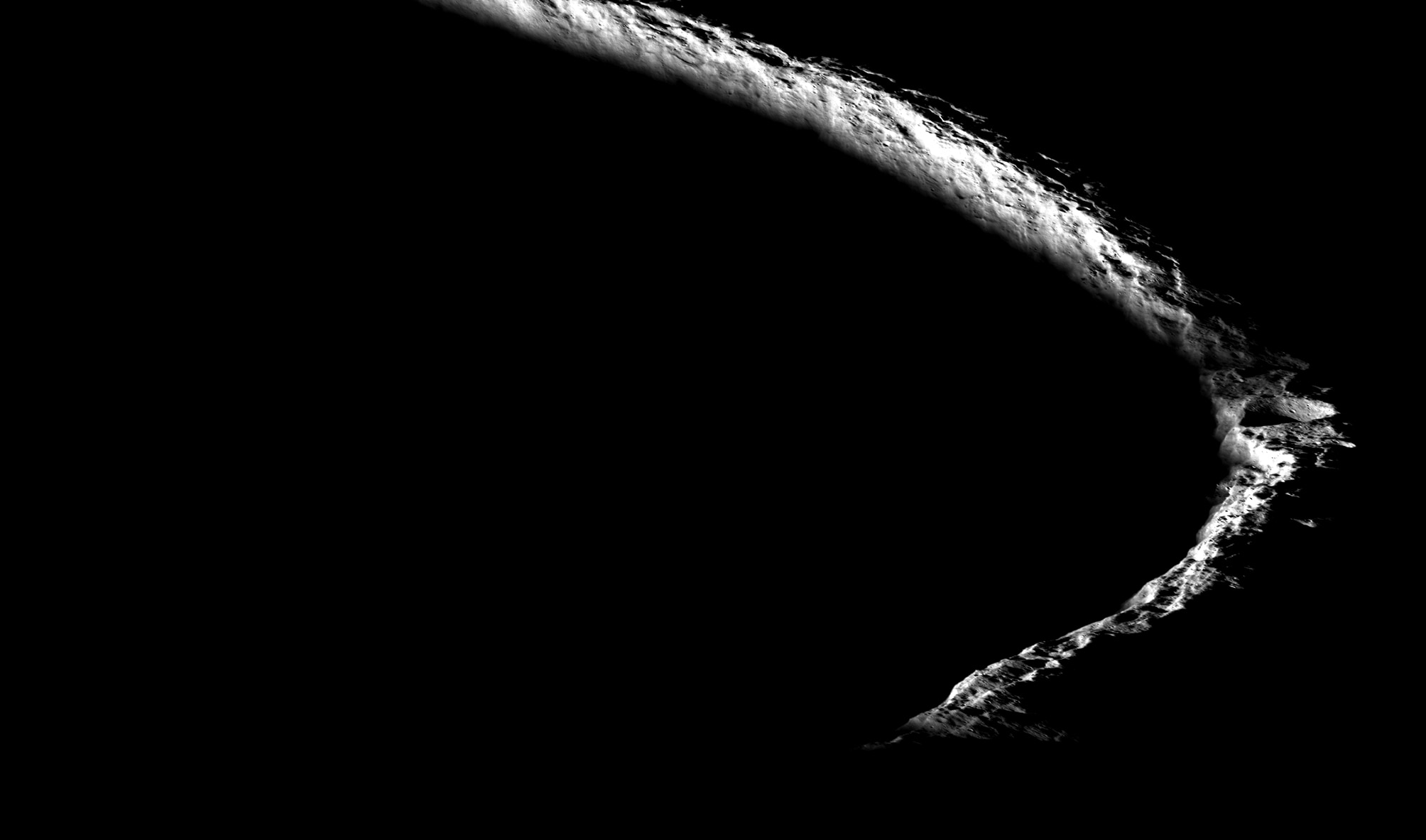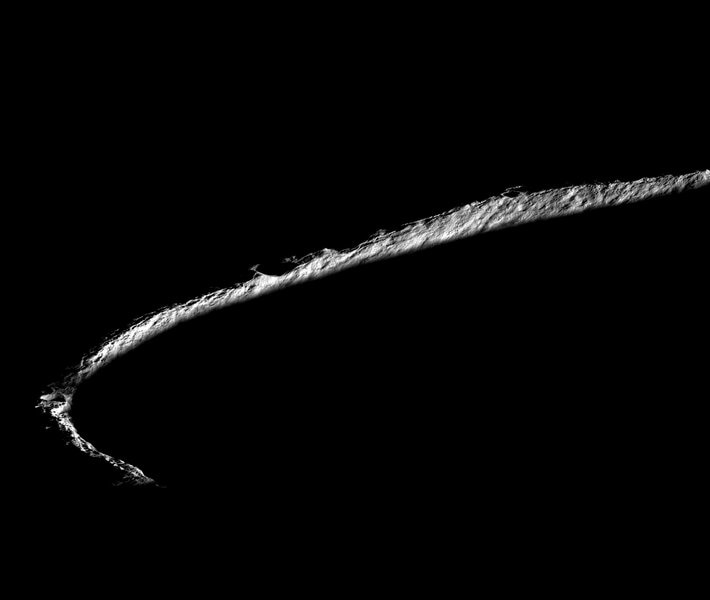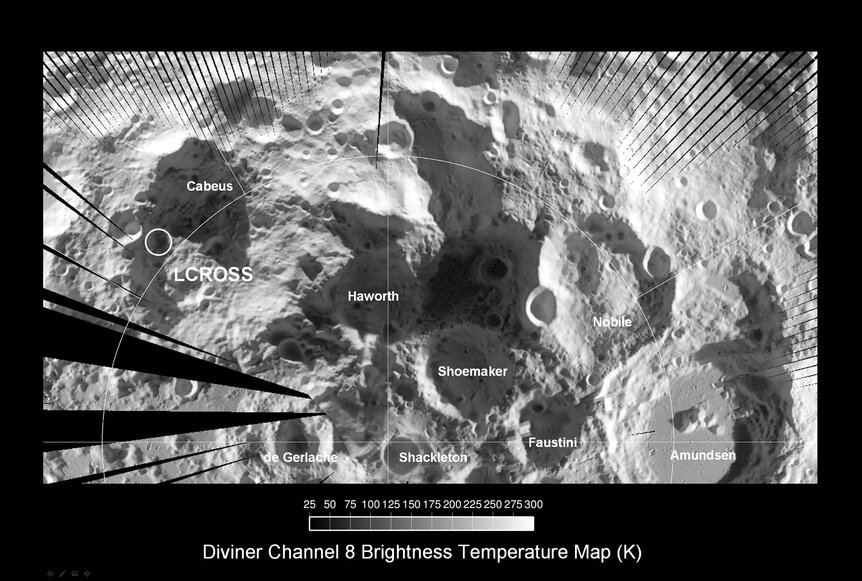Create a free profile to get unlimited access to exclusive videos, sweepstakes, and more!
At the bottom of the Moon

After all these years, I shouldn't be surprised at the stark beauty of the Moon, but every now and again it sneaks up on me.
I've seen the Moon countless times through my own binoculars and telescopes, and perused hundreds if not thousands of Apollo photos. Then we put the Lunar Reconnaissance Orbiter (LRO) around the Moon, and it's sending back so many images it will take teams of planetary scientists decades to look through them all and analyze them.
And even then, while these images thrill me and make me gape in wonder all the time, sometimes one will come along and stop me dead in my tracks.
This is one such image.
That is the rim of Shackleton, a 20 kilometer-wide impact crater very near the Moon's south pole. In fact, the actual south pole is located on Shackleton's rim!
That's the key to understanding this image. The Moon's axis is tilted only by 1.5° with respect to the Sun, so theoretically if you were standing on the pole you'd never see the Sun get higher than 1.5° above (or below) the horizon. For comparison, the Sun is only 0.5° across, so at best the Sun is never more than three times its own diameter above or below the horizon.
But that's in theory, meaning if the lunar surface were flat. In practice it's anything but. If you were standing at the bottom of even a mildly deep crater, the Sun would never rise for you, never appear above the rim of the crater. Where you stood would always be perpetually dark. The rim, on the other hand, is poking up above the surface, a circular hill wrapped around the crater bowl. Because of this it's almost always in sunlight… but just the top of it. And only on the side facing the Sun; the other side of the rim would be shrouded in darkness.
What would that look like? You just saw it. The image of Shackleton's rim was taken by LRO from an extremely oblique angle, so we see the crater nearly edge-on. The hook on the crater rim is just the natural circular curve of the rim foreshortened by perspective. The Sun was just over the horizon for much of the rim (of course) when this shot was taken, so shadows are long and deep.
The drama of this shot is so compelling that I gasped when I saw it. It reminds me strongly of another LRO shot from 2009, when it took an image of Erlanger, a crater at the Moon's north pole. In that one, though, the entire ring of the crater rim can be seen; in this one of Shackleton the shadowing just makes it that much more compelling.
The low angle of the Sun emphasizes changes in the terrain; any bump casts a long shadow, and any dip is steeped (if you will) in contrast. While the surface looks very rugged on the rim, there is actually quite a bit of flat surface in between craters and boulders.
That's good: Shackleton is a prime candidate for a lunar base. As I mentioned in an earlier post, there is ice locked up in and just under the surface in craters like this, called Permanently Shadowed Regions, where the Sun literally never shines. That means water, air, and even fuel for future explorers, while the almost eternal sunshine of the rim means solar power in abundance. It's nearly perfect for a base.
I strongly feel that day will come. It won't be for a while, though; there's plenty to do before then. But I can't help but wonder… who will be the first to set a bootprint down in this austral camp? And what wonders will they see while there, and even on their way down?
This LRO image fuels my imagination and fires up my hope. Is there a child somewhere in the world right now reading this, gazing upon that picture, who will one day see it outside their window shortly before touchdown?




























